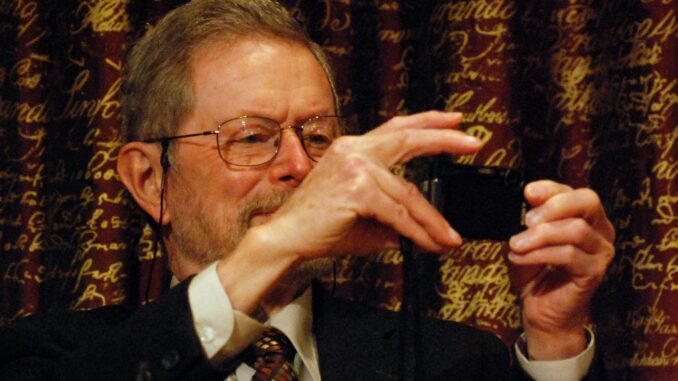
On May 28, the world lost George E. Smith — a man whose name you may not know, but whose invention helped define how we see, remember, and share our world.
Smith, along with his colleague Willard Boyle, co-invented the charge-coupled device (CCD) in 1969 — a deceptively simple breakthrough that allowed light to be converted into digital data. Their innovation earned the pair the 2009 Nobel Peace Prize in Physics and transformed visual storytelling forever — reshaping how we capture our travels, our memories, and the world around us.
From Chemistry to Code: A Brief History of Photography
Before Smith’s invention, photography was a chemical process. From daguerreotypes and glass plate negatives to 35mm film, each image was the product of careful exposure, development, and printing. While film still appeals to purists and artists for its depth and discipline, it also comes with real limitations — cost, complexity, and the inability to see results until long after the shutter clicks.
Enter the CCD
Conceived at Bell Labs during a brainstorming session aimed at developing new forms of computer memory, the CCD wasn’t originally designed for imaging, but Smith and Boyle quickly saw its greater potential: it could store and transfer electrical charges generated by light — in essence, turning light into digital signals. That breakthrough opened the door to film-free cameras and real-time digital imaging.
How the CCD Works
At the heart of the CCD is a grid of light-sensitive cells called pixels — each one a tiny photodiode that collects light and stores it as an electrical charge.
When you take a photo:
-
- Light hits the CCD sensor, and each pixel absorbs photons, converting them into a small electrical charge.
- These charges — which vary depending on how much light each pixel receives — are then transferred through the chip in a controlled, step-by-step fashion.
- The collected charges are passed to an amplifier, converted into a voltage, and finally digitized into an image by an analog-to-digital converter.
The result? A photograph made not with film and chemicals, but with light, electricity, and data.
What made the CCD so revolutionary wasn’t just its ability to capture images digitally — it was the image quality it offered. Early CCDs produced sharper, more sensitive results than other imaging technologies, making them ideal for scientific imaging, astronomy, and — eventually — photography.
The Digital Revolution Begins
By the late 1970s and early 1980s, CCDs had found their way into video cameras, medical imaging equipment, and NASA’s space telescopes. But it was in the 1990s that they entered the hands of everyday photographers. Suddenly, it was possible to shoot hundreds of images without reloading film, to edit instantly, and to travel lighter. For travel photographers, this changed everything.
Changing Who Gets to Tell the Story
The CCD freed photography from the darkroom and unlocked a new kind of storytelling: fast, flexible, and on the move.
Travel photography had once demanded precision and planning. Film was expensive. Airport x-ray machines could ruin it. Carrying rolls of undeveloped film through customs added stress. Mistakes couldn’t be undone. And for amateurs, photography often felt intimidating.
Digital imaging changed the equation.
With CCD-powered cameras, photographers could shoot freely and learn as they went. They could chimp the screen to check exposure, delete missed shots, and share images from a beachside cafe minutes after taking them. Photography became more immediate, more forgiving — and far more accessible.
The barriers fell. Enthusiasts became storytellers. Professionals could work faster, send images to be filed, and carry lighter gear. A single chip helped transform travel photography from a specialized craft into a global visual language of connection and expression.
While most modern cameras use CMOS sensors — a faster, more power-efficient cousin of the CCD — they all trace their lineage back to the same breakthrough. Without the CCD, there would be no DSLR revolution. No smartphone photography. No instant sharing of Istanbul street scenes or sunsets in the Sahara.
His Legacy
George E. Smith didn’t set out to change photography, but by giving scientists, engineers, artists and travelers the ability to see and record the world digitally, he helped shape the way we document life itself — turning the camera from a specialized tool into a universal companion.
If you’ve ever captured the golden light of a foreign city, framed a candid exchange with strangers, or shared a moment in real time from halfway around the globe — you’ve experienced George E. Smith’s legacy.
His passing marks the end of a remarkable life, but his impact lives on in every image we make, every place we preserve, and every story we tell through our digital lens.
